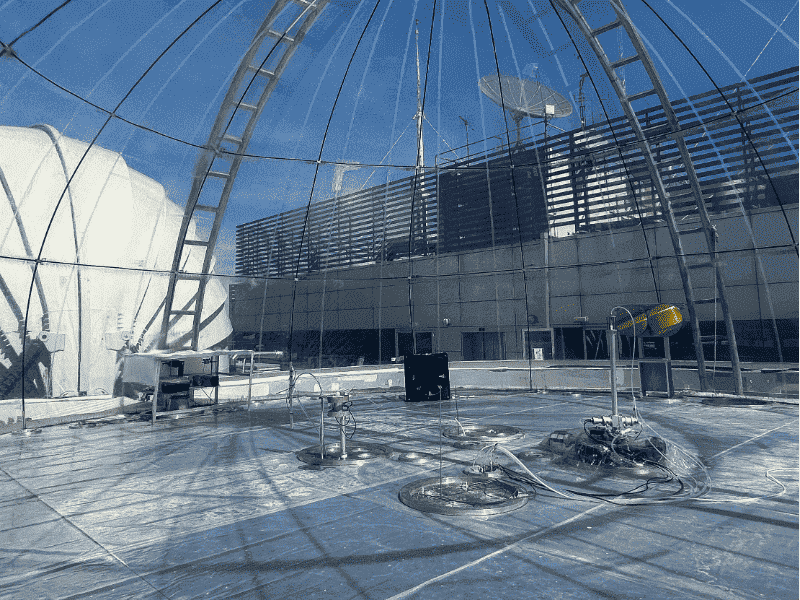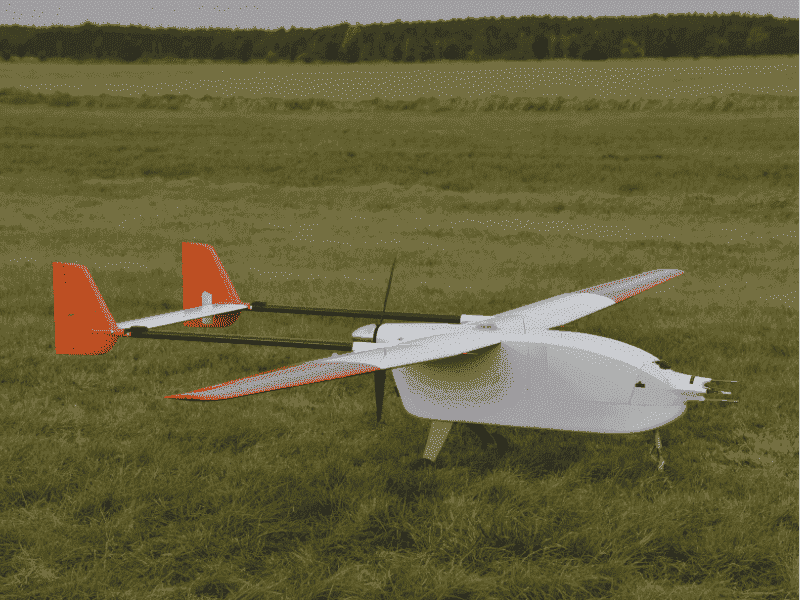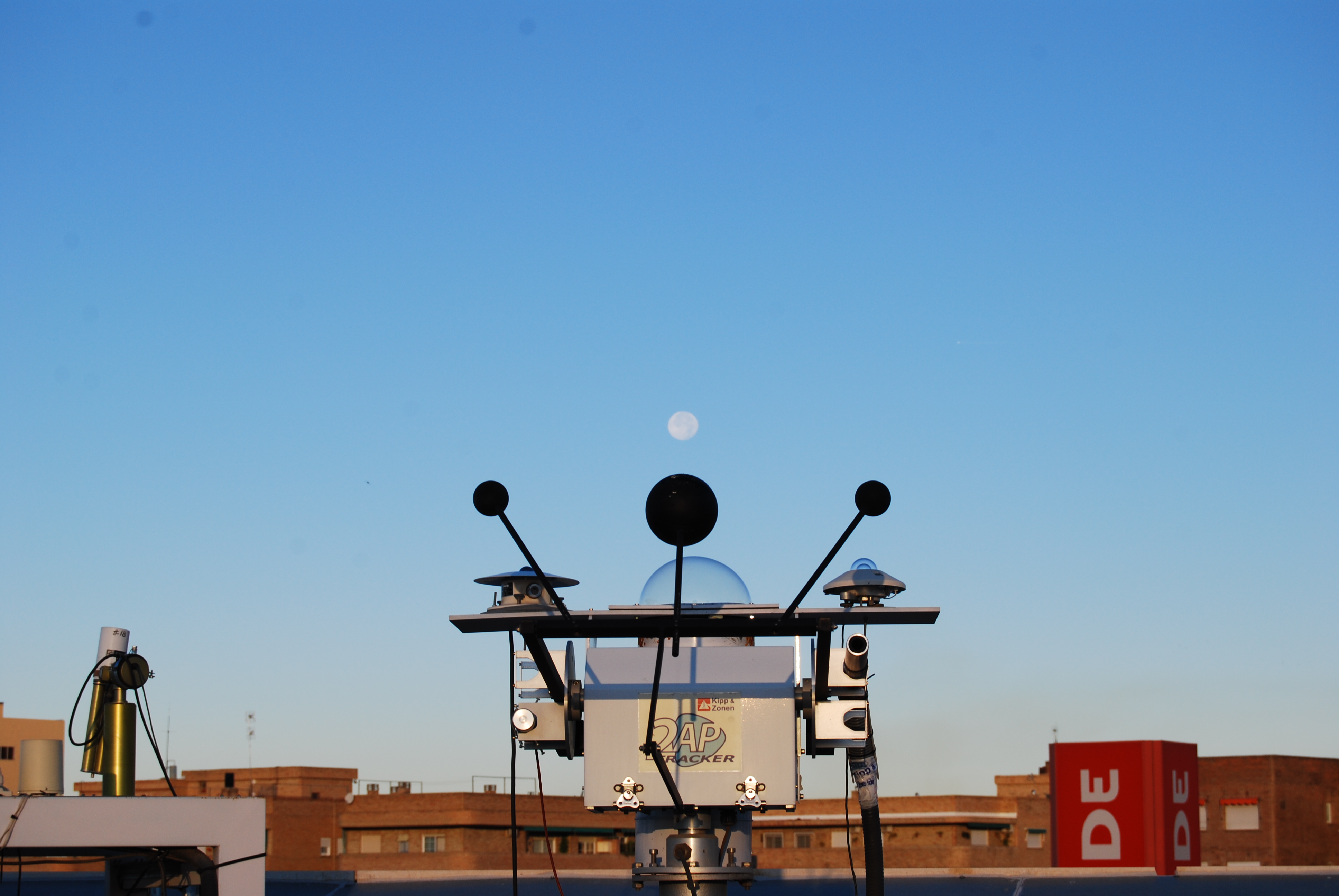National Facilities
ACTRIS National Facilities play a key role in supporting long-term observations of atmospheric aerosols, clouds, and reactive trace gases using advanced in situ and remote sensing techniques. Their main task is to deliver high-quality, standardized, and openly accessible data. These facilities include both Observational and Exploratory Platforms, with the latter—and selected Observational Platforms—also offering physical access to state-of-the-art, well-characterized, and versatile infrastructure for scientific research and innovation.
Observational Platforms
ACTRIS Observational Platforms are at the core of atmospheric scientific excellence, providing long-term, high-quality measurements of aerosols, clouds, and reactive trace gases. Using advanced in situ and remote sensing techniques, these platforms collect data from the Earth’s surface up through the troposphere to the stratosphere. All observations follow harmonized and standardized procedures, ensuring quality-controlled instrumentation, operations, and data processing across the network.
Central Facilities
Central Facilities are vital to the coordination and operation of ACTRIS, providing essential support to National Facilities and delivering specialized services to academia, industry, the public sector, and beyond. They include the ACTRIS Head Office, the Data Centre, and six Topical Centres, each focused on one of the core scientific themes—atmospheric aerosols, clouds, and reactive trace gases—with expertise in either remote sensing or in situ measurement techniques.



